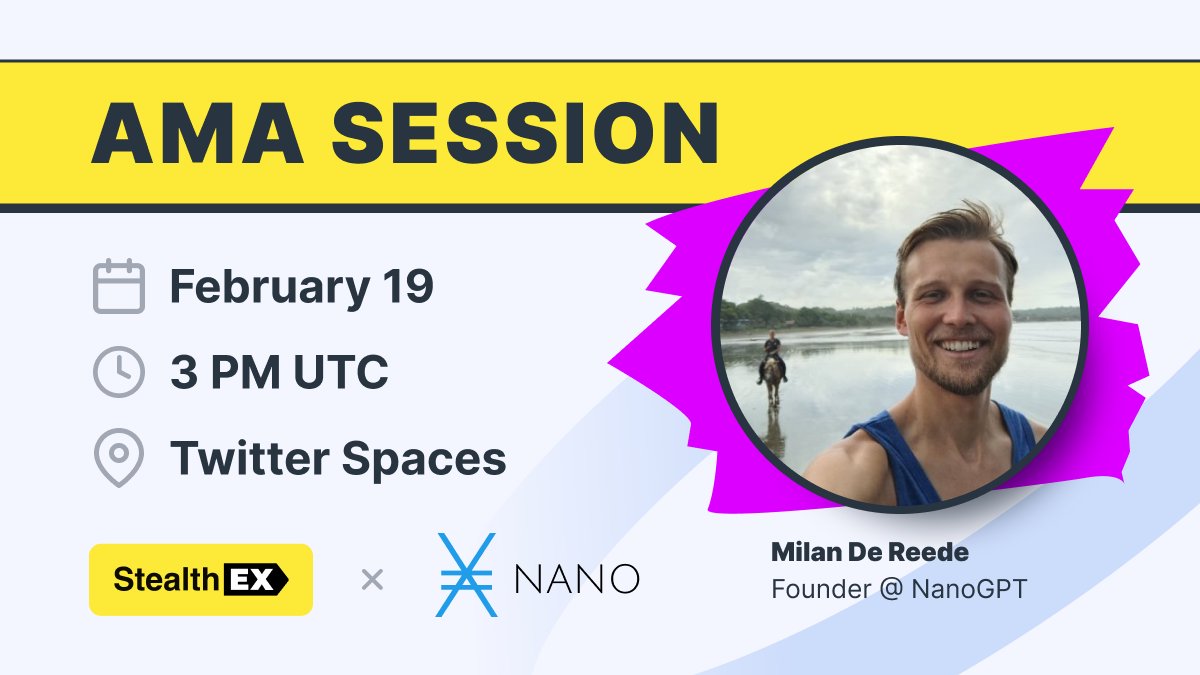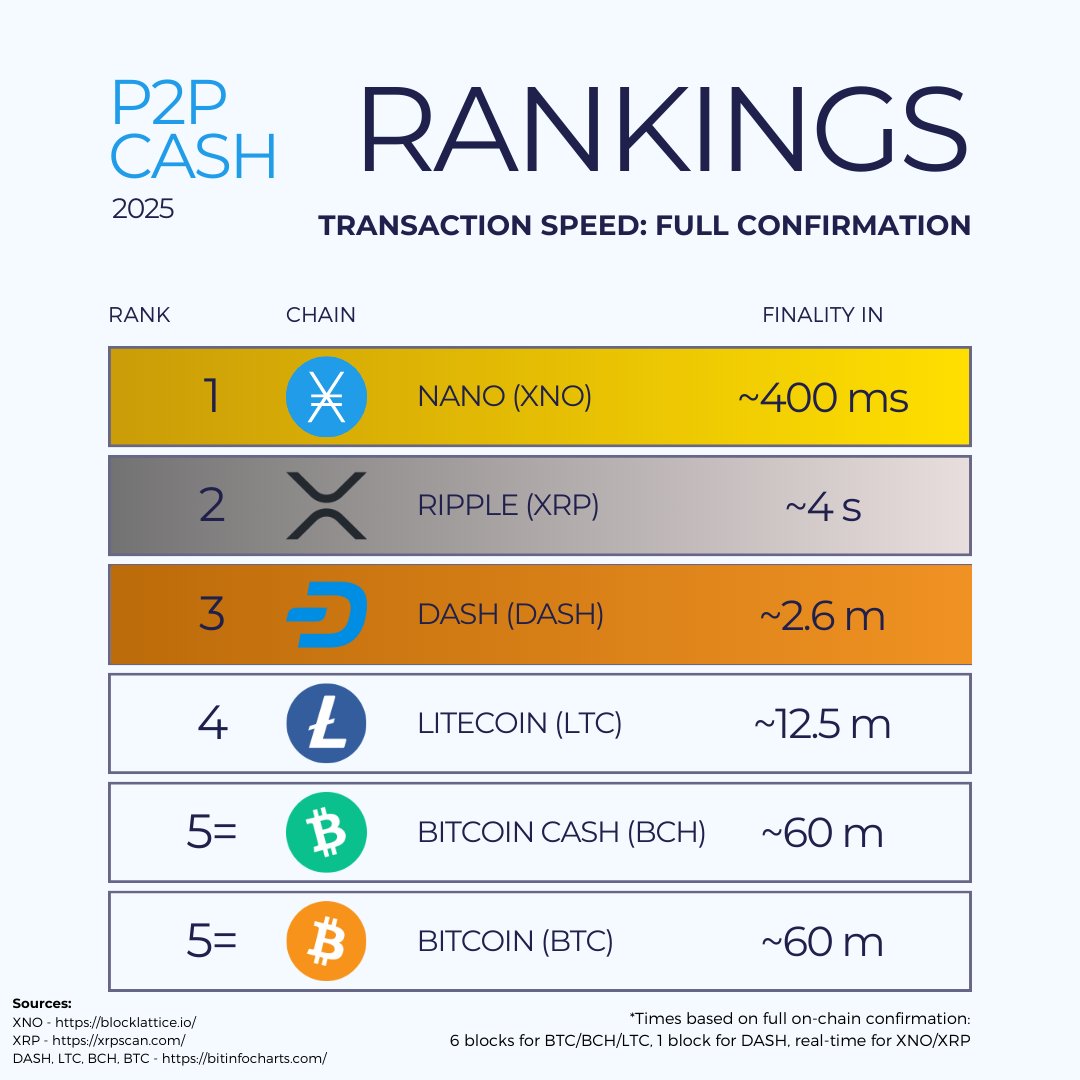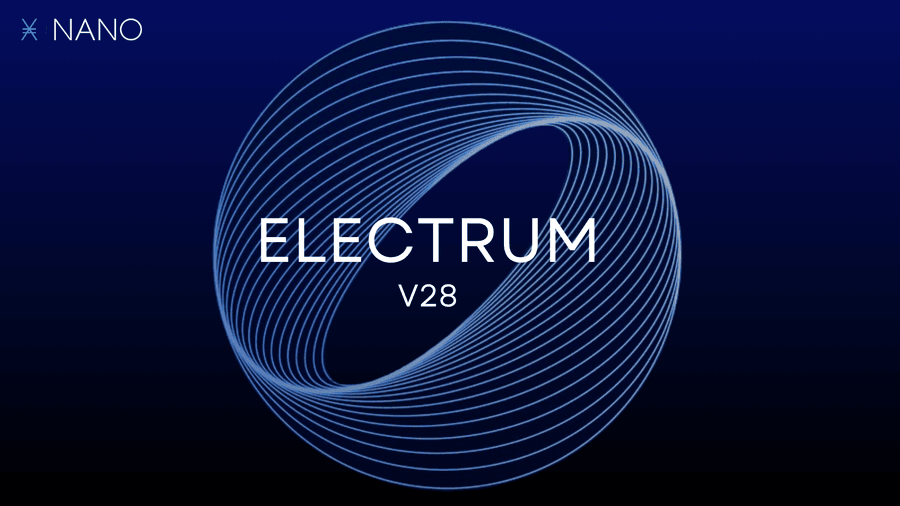Feb 28, 2025
StealthEX crypto exchange recently hosted an insightful AMA session with Milan, co-founder of NanoGPT.

Milan: The recent US policies suggest lower or no capital gains taxes on US-based crypto. Since Nano is listed as made in the USA on CoinGecko and CoinMarketCap, we assume it could fall under these exemptions, making self-custody easier and encouraging more people to actually spend their crypto.
Nano is uniquely positioned for payments due to its zero fees and instant transactions. Businesses accepting Nano avoid credit card chargebacks and hefty payment processing fees. Stripe, for example, has high fees and slow payouts, while Nano enables instant, cost-free transactions. As crypto payments become more mainstream, Nano is well-suited to thrive in this landscape.
Milan: Nano is highly decentralized, with a Nakamoto coefficient of around 12, meaning you'd need at least 12 independent entities to control the network. For comparison, Bitcoin and Ethereum are much more centralized in mining pools and validator nodes.
Community governance is built into Nano's protocol. Every Nano holder—regardless of the amount—can vote for a node (representative) to confirm transactions. This means the network is governed by its own users rather than miners or external validators, making it more resistant to centralized control.
Milan: Unlike Bitcoin, Ethereum, and even payment processors like PayPal and Stripe, Nano has zero fees and near-instant confirmations (~400 milliseconds). Many blockchains still charge micro fees, but Nano eliminates them completely, making it the most cost-efficient and user-friendly payment system.
Settlement times are another advantage. Stripe takes days to process payouts, while Nano transactions are final in less than a second. This makes Nano particularly appealing for businesses looking for a reliable and instant payment option.

Milan: Since Nano has no fees, many assume it would be easy to spam the network. However, Nano uses two key defenses:
Proof-of-Work (PoW) Requirement: Every transaction requires a small amount of computational work, which is nearly invisible to regular users but makes mass spamming difficult.
Transactions are grouped into "buckets" based on account balances. Within a bucket, the transaction of the account that has had the longest time since their last transaction is processed first. Spammers, who typically send frequent small transactions, are deprioritized, ensuring real users experience smooth transactions.
Milan: AI and Nano have a natural synergy, especially in microtransactions. NanoGPT allows users to pay per query for AI services rather than committing to monthly subscriptions. Instead of paying $20/month for ChatGPT or Claude, users can deposit tiny amounts of Nano and pay fractions of a cent per use.
This pay-as-you-go model is only possible with Nano because traditional payment systems have high processing fees. Many AI models, including Grok, have already recognized Nano as the ideal cryptocurrency for AI microtransactions. As AI becomes more autonomous and starts handling financial transactions itself, it will need fast, feeless digital currency—Nano is perfectly positioned for this future.
Milan: The biggest missing piece in Nano's ecosystem is more ways to earn Nano. Right now, it's easy to spend Nano, but earning it is still somewhat difficult.
For example, micro-tasking platforms (watching ads, taking surveys, freelance gigs) could integrate Nano as a payout option. Since Nano has no fees, it's ideal for small transactions that traditional payment methods struggle to handle. We'd love to see more platforms integrate Nano as a way for users to earn crypto in practical, everyday scenarios.
Milan: The main focus right now is V28, an upcoming protocol update aimed at improving robustness and scalability. This is part of a long-term goal to make Nano "commercial-grade," meaning it can handle mass adoption by enterprises.
Unlike many blockchains that rely on complex smart contracts, Nano's simplicity ensures stability and security. While improvements are ongoing, Nano already outperforms many so-called 'production-ready' cryptocurrencies in terms of efficiency and usability.

Milan: Since Nano is purely a payments-focused blockchain, it does not use smart contracts, which eliminates many security risks associated with them. Smart contracts introduce attack vectors that require constant audits, whereas Nano's protocol remains minimalist and secure by design.
Nano has undergone security audits, including one by Red4Sec. However, its biggest advantage is that its protocol is simple and focused purely on transactions, making it naturally more robust than complex smart contract platforms.
Milan: AI-driven transactions are already happening. A recent Grok AI experiment demonstrated two AI agents transacting with each other using Nano. The AI determined that Nano was the best fit due to its speed, zero fees, and instant finality. This is a huge step toward AI-driven commerce, where autonomous systems will need a lightweight, efficient payment method.
We've also seen AI services like Long Stories AI explore Nano payments. Their platform, which generates video stories from text prompts, is looking into accepting Nano for low-cost, seamless AI-generated content payments.